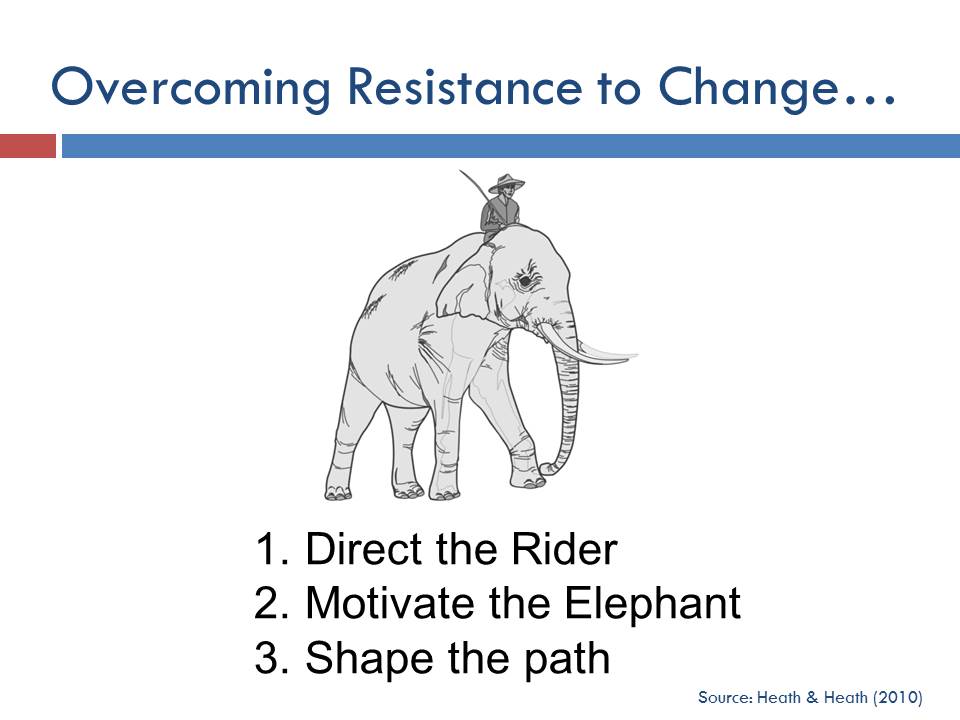How does India stack up on innovation compared to other countries? Are we getting more innovative over time? These are questions I have been grappling with since I started studying innovation more than two decades ago.
In recent times, the growing importance of innovation to economic growth and prosperity has induced many efforts to measure innovation at the national level. In my book From Jugaad to Innovation: The Challenge for India (Utpreraka Foundation, 2010) [FJ2SI], I cited studies like the UNCTAD Innovation Capability Index, Georgia Tech’s High Tech Indicators and the Economist Intelligence Unit’s Innovation Study to show that India is a laggard as far as innovation performance is concerned.
As I noted in FJ2SI, each of these studies emphasized a different set of variables. The UNCTAD approach was based on human capabilities, and therefore focused on human development indicators. The Georgia Tech approach used high tech exports as a proxy for innovation sophistication. And the EIU used patents as its primary measure.
A few years ago, INSEAD and the World Intellectual Property Organisation (WIPO) launched a joint effort to develop a more comprehensive innovation index. In a short time, this index has gained credibility with policy-makers. The latest report of this Global Innovation Index (GII) came out last June.
India’s Position
India ranked in the middle of GII 2012 with a rank of 64 out of 141 countries. India’s rank remained virtually unchanged from 2011 to 2012. Apart from the GII itself, the GII methodology involves the computation of three other indices – an innovation output index, an innovation input index, and an innovation efficiency index. India was ranked 40, 96, and 2 respectively on these three measures in 2012.
The innovation input index rests on five pillars: institutions, human capital and research, infrastructure, market sophistication, and business sophistication. The innovation output index consists of knowledge and technology outputs and creative outputs. The innovation efficiency index is based on the ratio of innovation output to innovation input.
To get a clearer sense of where India stands, it is useful to compare India with China, as I did in FJ2SI. China does much better on the GII with a 2012 rank of 34. It was ranked 19, 55 and 1 respectively on innovation output, input, and efficiency.
China outclassed India on 3 of the 5 input pillars – human capital & research, infrastructure, and business sophistication – with a rank difference of 40-50 places. I am not surprised by the huge gap on the first two, but I am certainly intrigued by the huge difference in business sophistication (I’ll come back to this shortly). China was marginally ahead of India on the other two input parameters – institutions and market sophistication.
On the output side, China ranked 5 globally on knowledge and technology outputs while India came in at #47. The only measure on which India did better than China was on the output measure of creative outputs.
Digging Deeper
Looking at the raw scores that underlie the ranks, I found a few interesting contrasts:
• China does much better than India on institutional factors like ease of resolving insolvency and ease of paying taxes;
• The biggest differences between India and China are on the education-related indices of reading skills (a real shocker – India scores 4.41 against 100 for China; but the ASER reports have been showing this for years), and pupil-teacher ratio;
• China’s score on Gross expenditure on R&D is twice that of India;
• China’s score on ISO 14001 environmental certificates is about 7 times that of India (I need to dig into the significance of this number, but I guess the trend is clear enough);
• China’s higher score on business sophistication comes from the proportion of firms offering formal training to their employees (16% for India vs. 85% for China), R&D performed by businesses (34% for India vs. 72% for China), and high-tech imports (this is, I suppose, more reflective of China’s position in high technology manufacturing vis-à-vis India);
India’s bright spots (vis-à-vis China) are:
• Press freedom (not a surprise!);
• Efficiency of energy use;
• Ease of getting credit, and ease of protecting investors;
• Services exports (again, hardly a surprise)
What Needs to be done
The GII underlines something we already know – India’s biggest failure as an independent nation is in the arena of literacy and basic education. No other country with which we compare ourselves has such a poor record on this basic pre-requisite of a modern country. While government initiatives like the Sarva Shiksha Abhiyan and the Right to Education Act have belatedly acknowledged this failure, I don’t see a sense of urgency in addressing this problem. This has serious implications not only for innovation but for the very existence and progress of India itself.
While we often rationalize Indian firms not embracing an R&D culture by arguing that perhaps it’s not a business imperative, the fact that Indian firms are laggards on environmental certification as well as training suggests that we are simply not investing enough in the long term future of our enterprises. This is a sobering thought as we contemplate the future of Indian business and the Indian economy, and should be an important subject for reflection by India’s leading industry associations.
Some Concluding Remarks on Innovation Indices
One problem with innovation indices such as the GII is apparent from the above observations: they are constructed on the base of very generic parameters. The variables that are used to measure the GII (like the ease of setting up a business or the ease of paying taxes) seem no different from those used to measure competitiveness or the business environment. At the same time, the GII omits relevant measures such as the level of protection for intellectual property in a particular country.
In an effort to use “objective measures,” these indices appear to be measuring phenomena that are somewhat removed from innovation per se. Instead, the simple OECD model that I adapted for use in FJ2SI seems much more relevant to measuring the environment for innovation, and the resultant innovation output.




